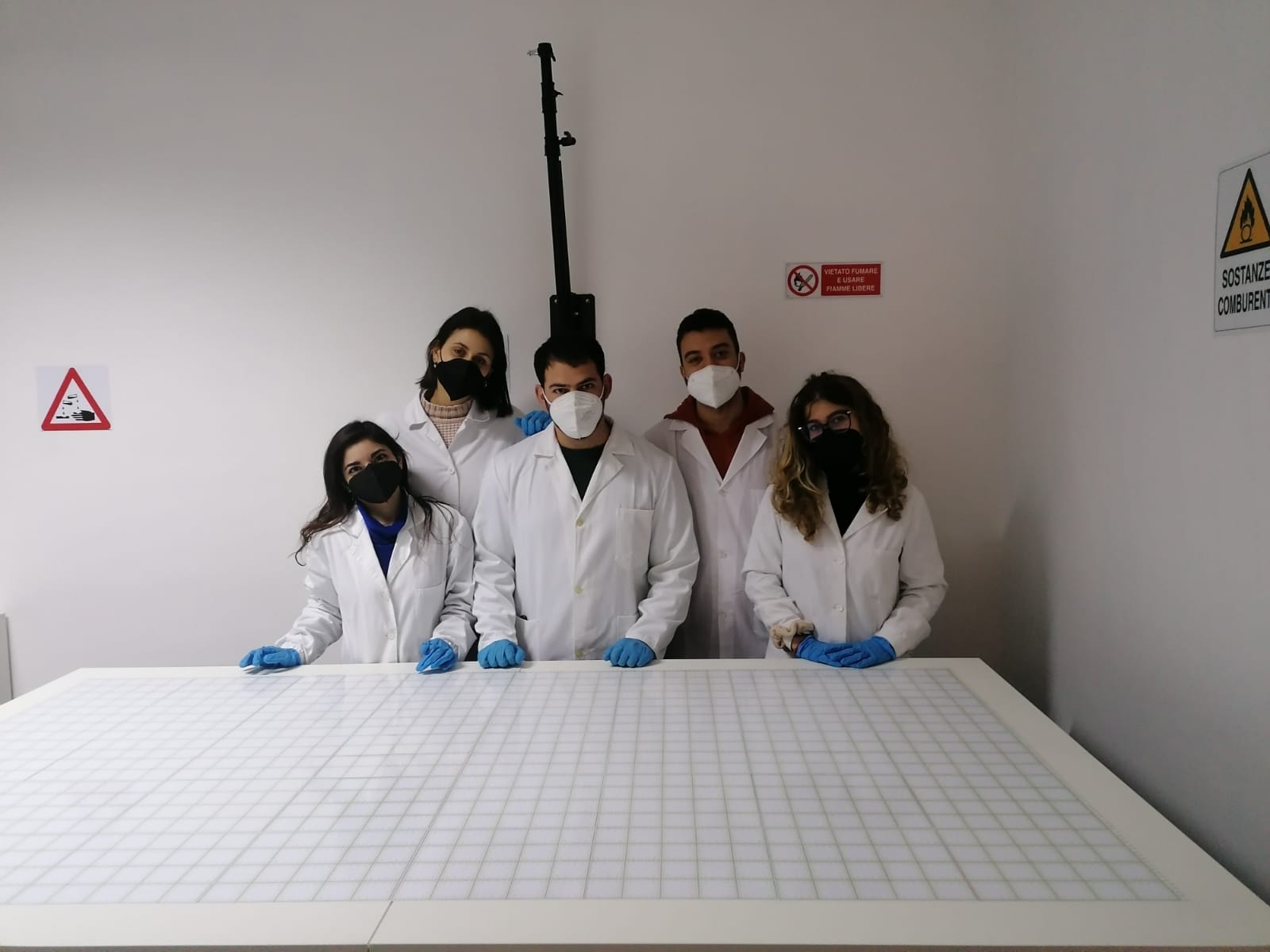A Semen-stain Database for Forensic Aims: A Validation Study
May 31, 2022 09:00 AM - Jun 1, 2022 05:00 PM, Giovanni Pezzella, Biological Sciences, Poster
A semen-stain database for forensic aims: a validation study
G.Pezzellaᴬ, D.Carbonaroᴬ, C.Lucantoᴬ, E.D’Orioᴬ
ᴬBio Forensics Research Center, Italy
Semen evidence are usually found on multiple substrates and it can be found in liquid or solid phase.
The identification of stains of seminal fluid at the crime scene and their correct management is important because it allows forensic genetics to subsequently obtain a genetic profile easily. The tests that can then be performed on seminal fluid are: determination of the presence of spermatozoa and verification of the DNA of the person who release the stain.
The seminal fluid presents two components: the seminal fluid and the spermatozoa. The first consists of a fluid rich in fructose, proteins, acid phosphatase, citric acid, zinc, glycerophosphorrilcholine, prostaglandins, carnitine produced mainly by the prostate and seminal vesicles. The latter are male gametes, or sex cells. For this reason, semen analysis must always include research analysis of both seminal fluid and spermatozoa. The main research tools for semen stains are forensic lights and sperm (since it is a non-pigmented biological matrix) tends to emit a fluorescence signal compared to other body fluids which instead emit an absorbance signal.
It is important in the forensic field to have periodically updated databases (in forensic genetics, for example, the DNA database exists) in order to catalog useful information for biological-forensic investigations from time to time. In the DNA database the genetic profiles of known persons and the unknown genetic profiles are entered, i.e. those that can be extracted from the biological stains present at the crime scene.
In order to improve the efficiency of the whole forensic workflow, it is therefore essential to create a database of biological stains that are found at the crime scene. In the study in question, a photographic database of stains of seminal fluid was created, a situation mirroring the

